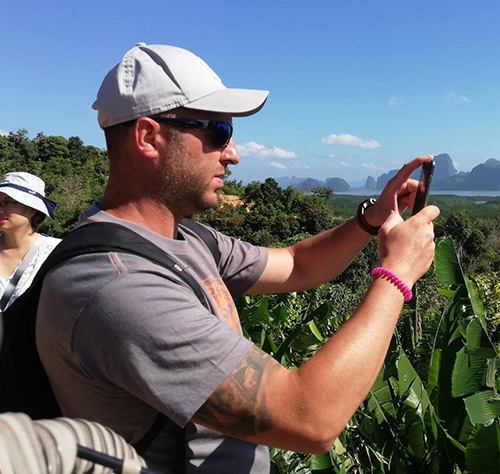With its unparalleled confluence of historical grandeur and natural allure, Spain presents itself as an intriguing subject for exploration.
The nation’s storied past is etched into the very stones of its majestic cities and echoed in the lively beats of its cultural festivities, encapsulating centuries of diverse influences.
From the architectural masterpieces that punctuate the skyline to the verdant landscapes that stretch beyond the horizon, Spain offers a cornucopia of experiences that cater to the avid historian, the nature enthusiast, and the epicurean alike.
As one contemplates the myriad facets of Spain’s cultural and natural wealth, a profound appreciation emerges for the delicate dance between tradition and innovation that shapes its contemporary identity.
Yet, within this tapestry lies a multitude of layers, each promising its own array of discoveries, waiting to be carefully unraveled by those who seek to immerse themselves in the country’s vibrant essence.
Diverse Landscapes Explored
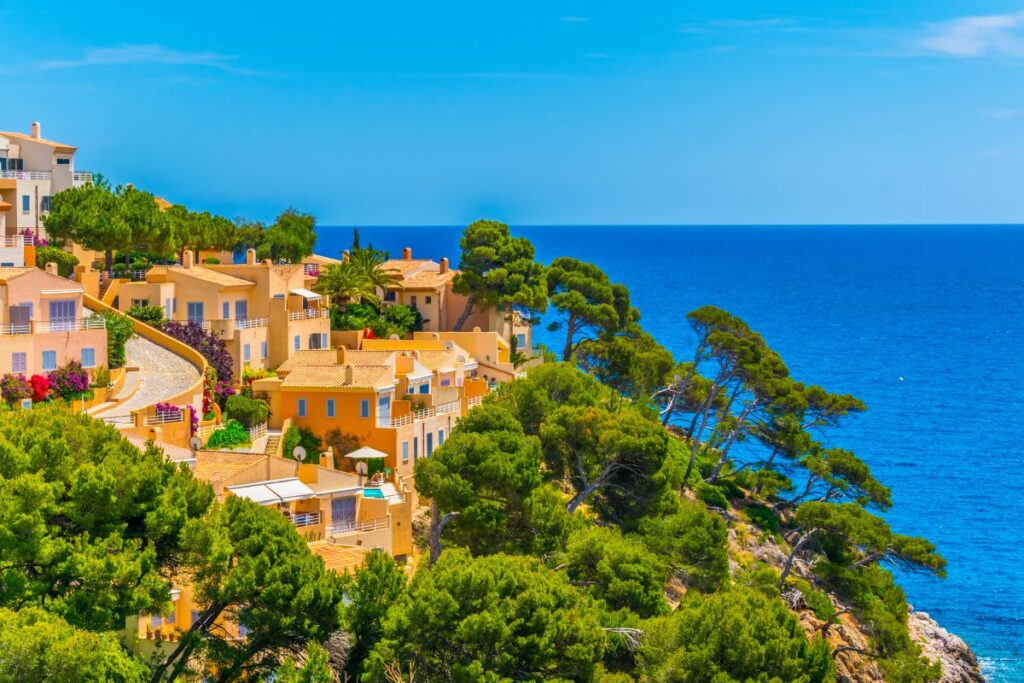
Spain boasts a variety of landscapes, from inviting beaches to majestic mountains, appealing to nature lovers and travelers. The country’s geography reflects its rich history, with distinct terrain and climate in each region.
The green valleys and rugged coastlines of the Bay of Biscay define Northern Spain, while the central plateau is known for its wide, dry expanses in Castile. Southern Spain features the sprawling olive groves and the snowy Sierra Nevada mountains.
The coastlines, including the Costa Brava and the Balearic Islands, are perfect spots for soaking up the Mediterranean sun. Mountain enthusiasts can find thrilling hikes and stunning views in the Pyrenees and Picos de Europa, showcasing Spain’s varied natural beauty.
Culinary Delights Regionally
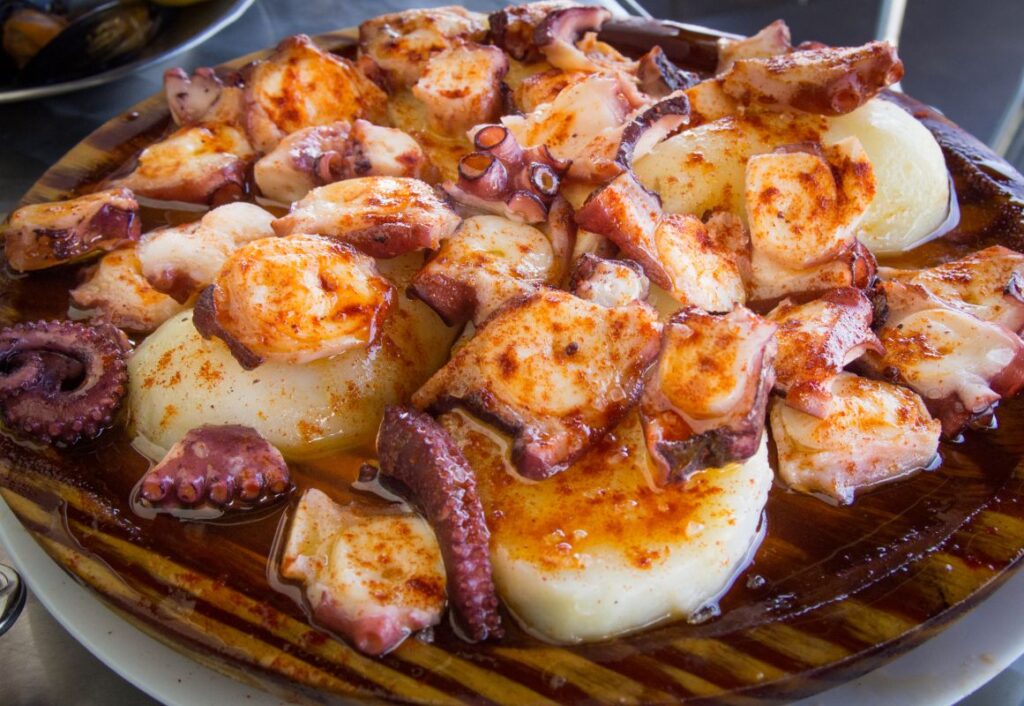
Spain’s regional gastronomy is a journey through a world of unique flavors, where each province presents its own culinary story.
In Catalonia, you’ll find the comforting escudella i carn d’olla, a stew that warms the soul, paired with the simple yet refreshing esqueixada, a cod salad.
Travel down to Andalusia, and you’ll taste the legacy of Arab influence with sweet, honeyed pestiños and the beloved gazpacho, a cold soup that’s perfect for hot days.
In the northwest corner of Spain, Galicia offers its bounty from the ocean. You can enjoy polbo á feira, which is tender octopus often sprinkled with paprika, and merluza a la gallega, a savory hake dish, highlighting the region’s mastery of seafood.
Each part of Spain tells its own story through its dishes, inviting those who visit to taste and appreciate the variety of traditional recipes and regional ingredients. This rich culinary diversity is a vital part of Spain’s cultural fabric.
Historical Cities and Sites
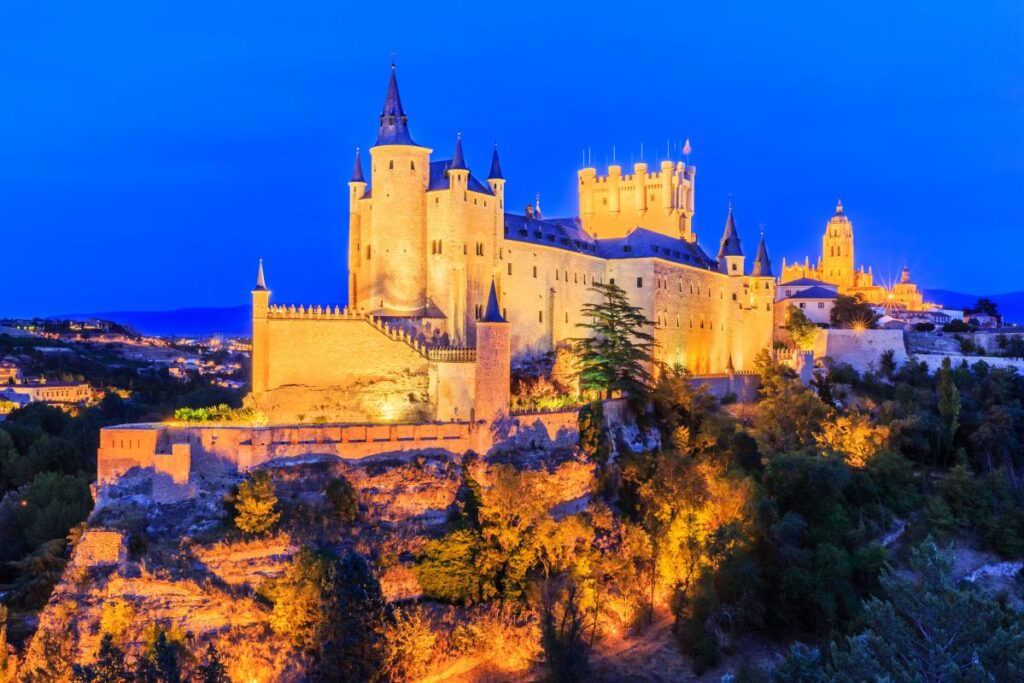
In Spain, the ancient cities of Toledo and Segovia invite visitors to walk through history. Toledo, known for its coexistence of Christian, Muslim, and Jewish influences, is a former Roman city that thrives as a living museum of cultural integration. Its Alcázar and the towering Gothic Cathedral are landmarks of bygone eras.
In Segovia, you’re welcomed by the astounding Roman Aqueduct, a marvel of ancient engineering that’s stood the test of time. The Alcázar of Segovia, with its storybook appearance, was even an inspiration for Disney’s famous castles.
Both cities are recognized by UNESCO and serve as gateways to Spain’s layered history, full of encounters between different civilizations across time.
If you’re looking for a real connection to the past, the streets and structures of these cities are your passageway. They don’t just tell stories; they are the stories.
As you wander through Toledo’s winding lanes or gaze up at Segovia’s aqueduct, the narrative of Spain’s diverse heritage is carved into the stone around you.
These sites are more than just a window to history; they are a testament to the resilience and beauty of human creativity over the centuries.
Vibrant Cultural Scene

Spain’s cultural landscape is a colorful mosaic, deeply rooted in its historic cities like Toledo and Segovia. This nation is not just about grand architecture; it’s a hotbed for a variety of artistic expressions.
Spain has given the world iconic artists such as Picasso and Dali, and their legacies live on in top museums like the Prado and the Reina Sofia.
The intense beats of Flamenco resonate through the taverns of Andalusia, while music lovers find their rhythm at modern festivals like Primavera Sound and Sonar.
Spanish literature also holds its ground on the world stage, with works from Cervantes to modern writers capturing imaginations across the globe.
Let’s talk about Spain’s architectural feats – Gaudi’s creations in Barcelona are nothing short of breathtaking. And when it comes to festivities, Spain knows how to throw a party.
From the reflective mood of Semana Santa to the outright fun of La Tomatina, these events are a testament to Spain’s spirited cultural wealth.
Spain invites you to immerse yourself in a culture where the old inspires the new. With an array of festivals and the enchanting blend of past and present, this country offers endless opportunities for cultural indulgence.
Outdoor Adventures Galore
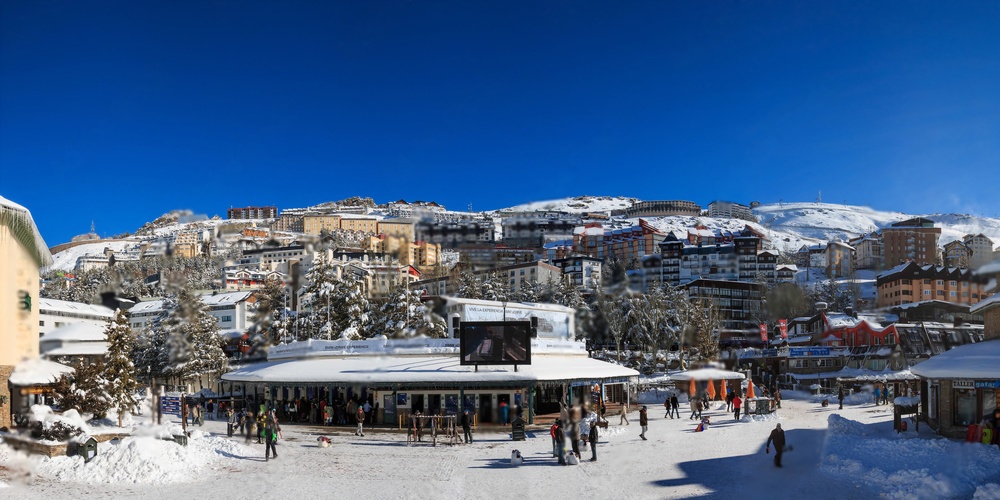
Spain’s versatile landscapes offer a world of outdoor adventures, perfect for those who love a bit of adrenaline or the peace of the great outdoors. The Sierra Nevada’s snowy peaks and Costa Brava’s dramatic cliffs showcase the country’s natural beauty and variety.
For hikers and climbers, the Picos de Europa and the Pyrenees are hotspots with top-tier trails and unforgettable views.
The Mediterranean and Atlantic shores are a haven for surfers and sailors who seek out the vigorous waves and strong winds. Cyclists have the pleasure of pedaling through Andalusia’s picturesque routes, dotted with rolling hills and historic trails.
Winter sport enthusiasts aren’t left out, with the Pyrenees’ ski resorts offering thrilling downhill action.
Regardless of the season, Spain’s landscapes are ready for anyone eager to get outside and have some fun.
Festivals of Color and Joy
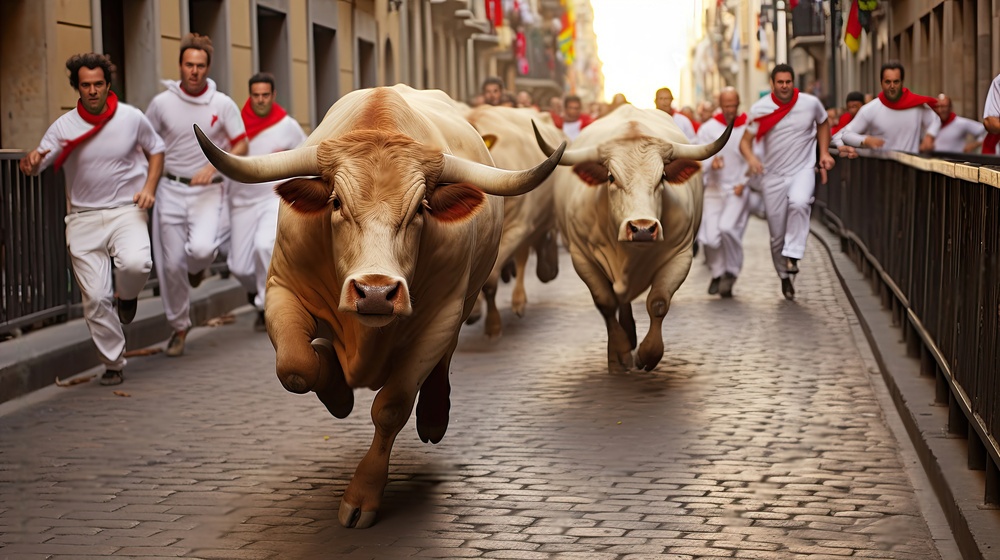
Participating in Spain’s colorful festivals is like stepping into a living painting, rich with traditions and a hearty love for life. These events are the heart of Spanish culture, mixing history and modern fun. The famous Running of the Bulls in Pamplona and the chaotic La Tomatina in Buñol are bursting with excitement and local flair.
In Seville, the Feria de Abril lights up the night with passionate flamenco and stunning outfits, while cities like Cadiz and Tenerife come alive with the wild fun of Carnaval.
These celebrations are not just a sensory delight but also affirm Spain’s deep-rooted cultural fabric, welcoming everyone to join in the happiness. Spain’s festivals are a clear reflection of the country’s soul, inviting both locals and visitors to share in moments of joy.
Whether it’s the adrenaline of the Pamplona chase or the laughter amidst Buñol’s tomatoes, there’s a sense of unity and tradition at play. The Feria de Abril offers a glimpse into Andalusian culture, with dance and fashion taking center stage.
Meanwhile, Carnaval transforms the streets into a playground of music and costumes, where the spirit of festivity is contagious.
Each celebration offers a unique experience, deeply connected to Spain’s diverse regions and histories. They’re more than just parties; they’re a window into the Spanish way of celebrating life’s moments.
Visitors are encouraged to step into the dances, taste the local foods, and feel the warmth of Spanish hospitality. These events prove that joy can be found in the community and in the vibrant expressions of culture.
Accessible Travel Opportunities
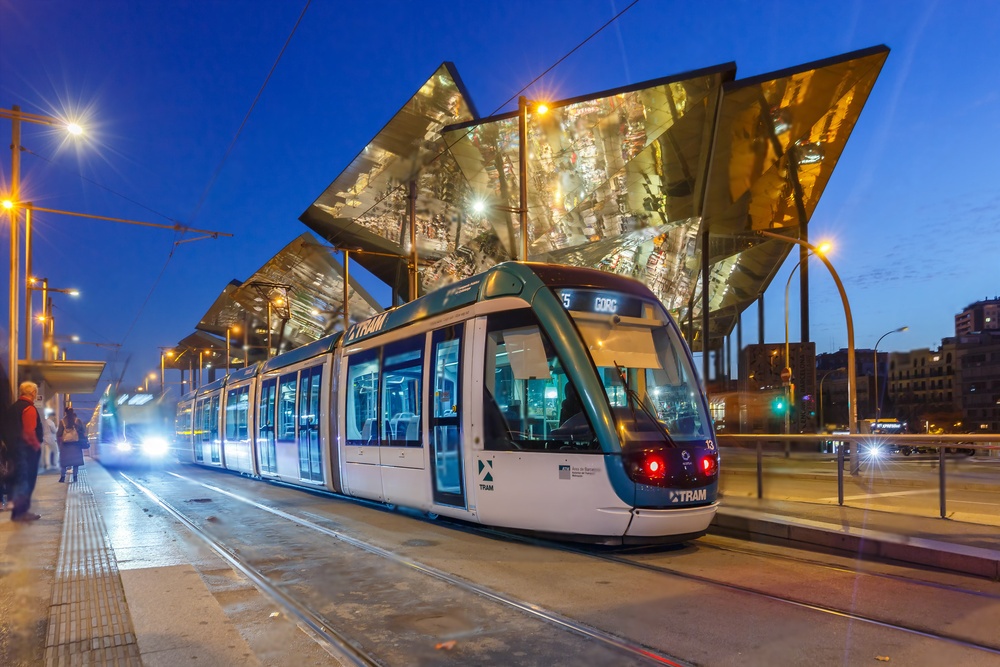
Spain is paving the way for inclusive travel, making sure that travelers with disabilities can enjoy their visits without hassle. In major cities like Madrid, Barcelona, and Valencia, the public transport system is more accessible than ever, with features like low-floor buses and metro stations that have been modified for easier access.
Attractions across these cities have also been updated with ramps, elevators, and special paths for those with visual impairments. Hotels and other accommodations are stepping up, offering rooms specifically designed with accessibility in mind to ensure a comfortable stay for all guests.
This push towards accessible tourism isn’t just about meeting legal standards; it’s about a deep-rooted commitment to equality and making sure everyone has the chance to enjoy Spain’s rich culture and stunning natural scenery.
